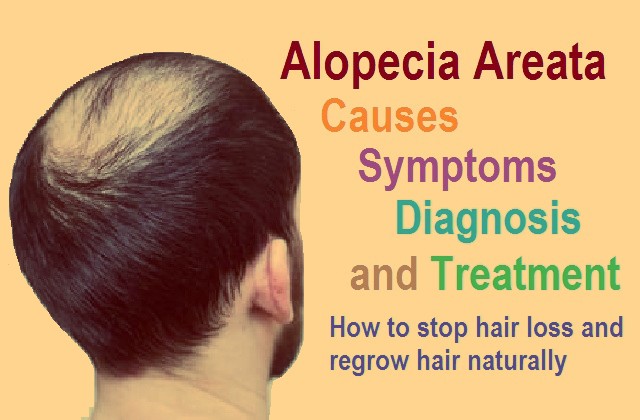An autoimmune condition known as alopecia areata frequently causes hair loss on the scalp and other regions of the body. The illness can strike at any age and affects both men and women. We will go over the causes, diagnosis, and treatments for alopecia areata in this lengthy overview.
Causes: Although the precise aetiology of alopecia areata is unknown, an autoimmune condition is thought to be the culprit. The immune system of the body assaults its own cells and tissues, including the hair follicles, in autoimmune illnesses, which results in hair loss. Due to its tendency to run in families, the illness may potentially have a hereditary component.
Diagnosis: The look of the hair loss is often used to diagnose alopecia areata. On the scalp, the hair loss typically manifests as tiny, rounded patches, but it can also affect the eyebrows, eyelashes, and beard. In certain circumstances, the hair loss may be more severe, leaving the scalp or perhaps the entire body completely bald. A dermatologist can typically identify alopecia areata by looking at the skin in the afflicted areas and taking a scalp sample.
Treatments:
There is no known cure for alopecia areata, but there are a number of therapies that can help to promote hair growth and alleviate the condition’s symptoms. The following are a few of the commonest treatments:
1- Corticosteroids: These drugs suppress the immune system and minimise inflammation. Corticosteroids can be injected directly into the afflicted area or administered topically to the scalp.
2- Topical minoxidil: To promote hair growth, this drug is given as a topical solution on the scalp. It is frequently combined with other therapies, such corticosteroids.
3- Immunotherapy includes applying a chemical irritant to the scalp, such as diphencyprone or squaric acid dibutyl ester, to trigger an immunological response and encourage hair growth.
4- Hair transplantation: In some circumstances, hair restoration to the afflicted parts of the scalp may be possible by hair transplantation surgery. In order to do this, hair must be removed from other parts of the scalp and transplanted to the bald spots.
5- Alternative treatments: Some patients may decide to attempt alternative treatments, such acupuncture, aromatherapy, or herbal remedies, to manage the symptoms of alopecia areata. The success of these treatments is, however, not backed by much scientific data.
The autoimmune condition alopecia areata results in hair loss on the scalp and other regions of the body. While there is no known cure for the illness, there are a number of therapies that can aid in symptom management and hair regeneration stimulation. It’s crucial to consult a dermatologist if you’re losing your hair in order to get a proper diagnosis and go over your treatment choices.
































